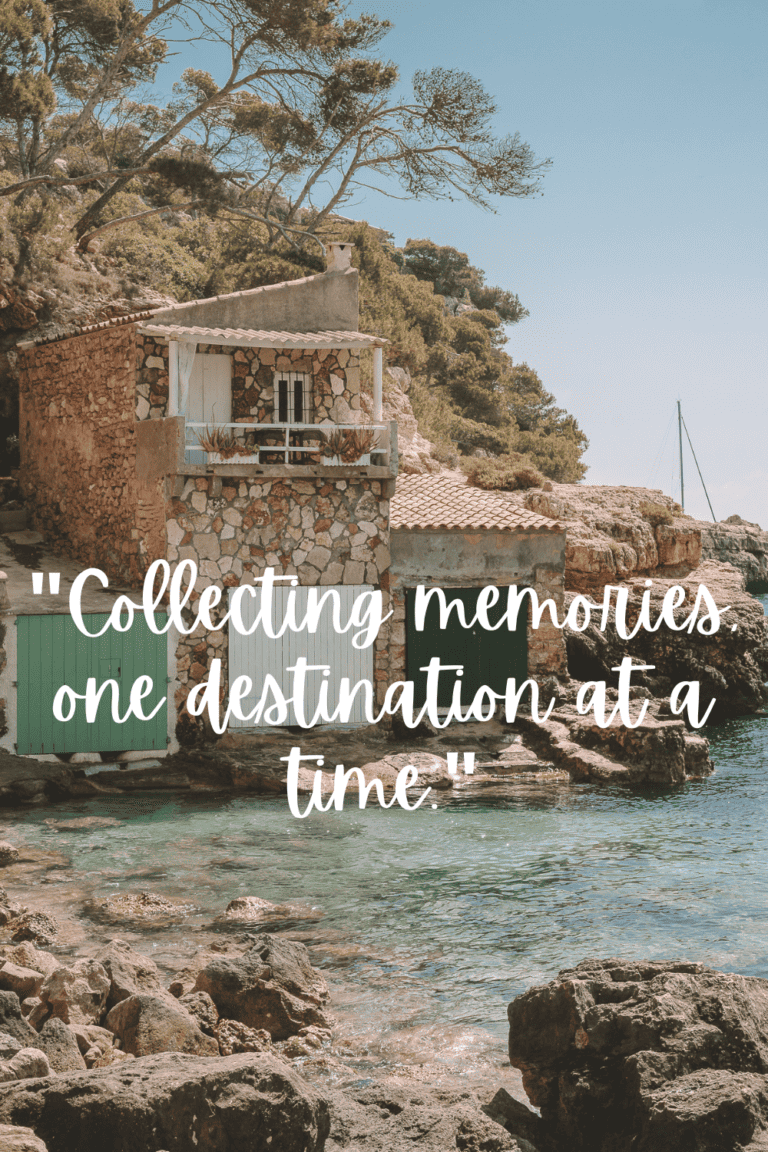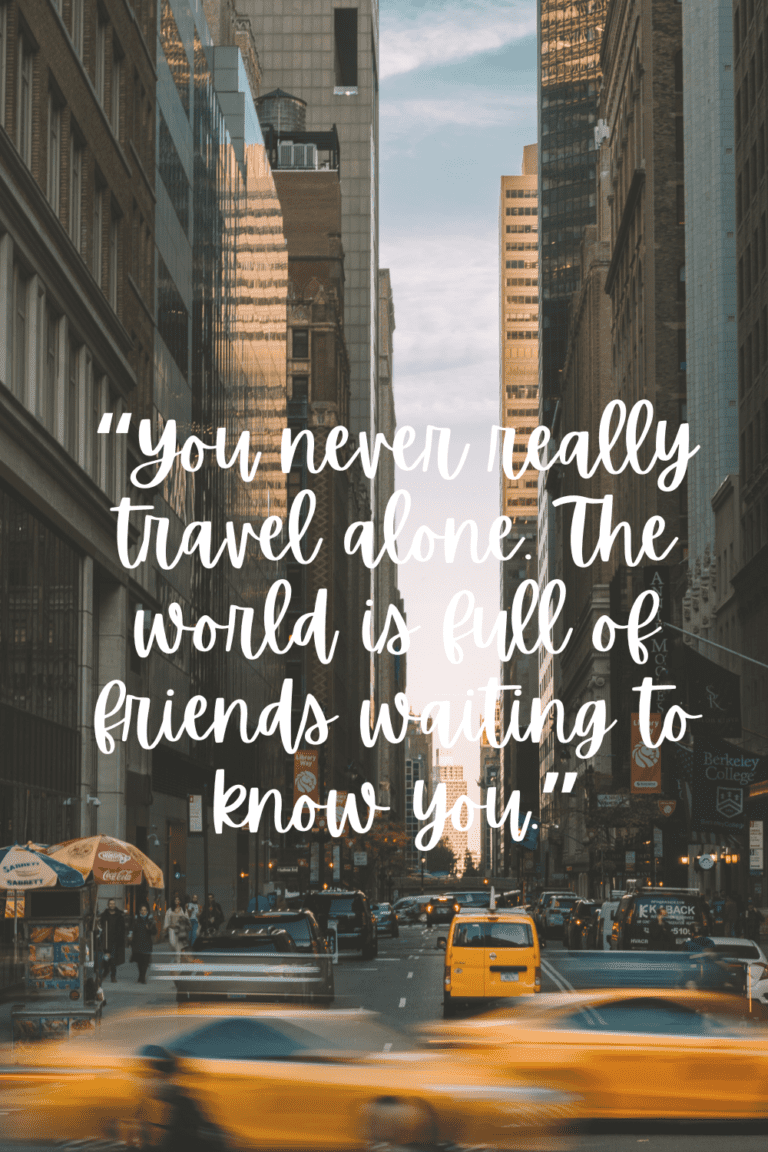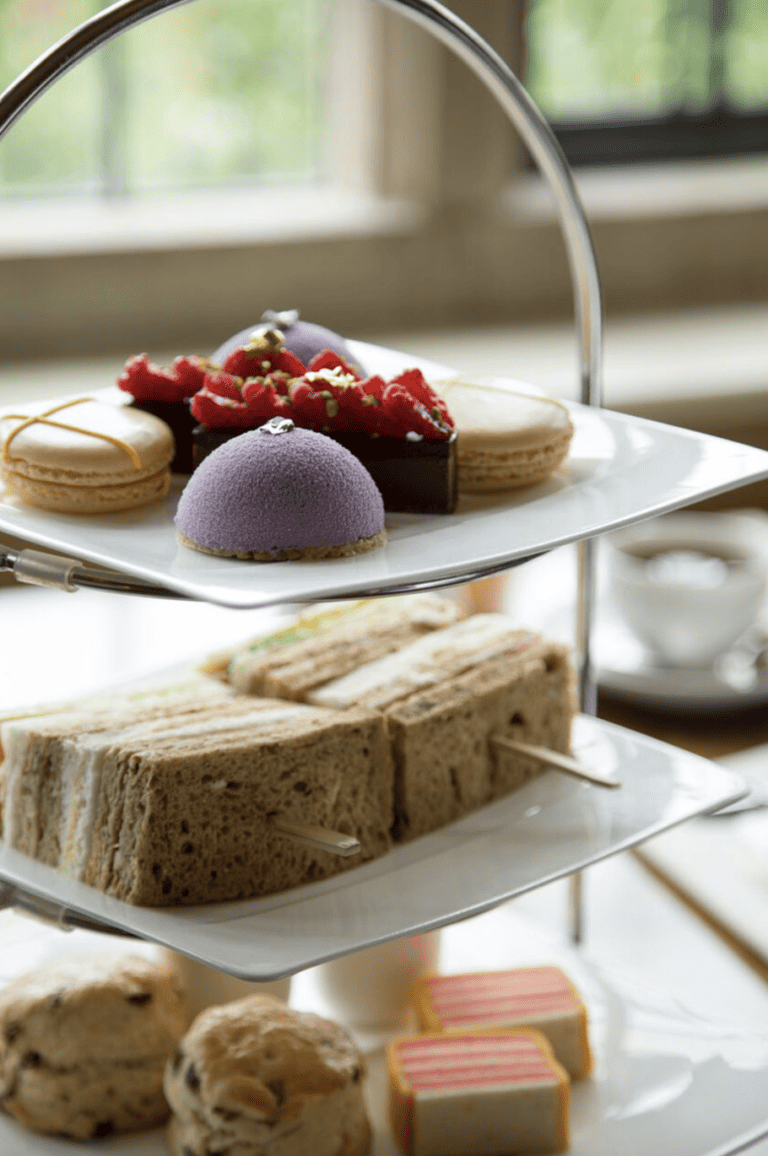If there’s one question I get asked over and over, it’s “what camera do you use?”, and I completely understand the curiosity. I love knowing what camera’s people own, and what lenses they use to achieve different types of shots.
Everything in this list is in my camera bag now, and used by me regularly. I would never recommend something to you that I don’t think is useful.
But I didn’t buy everything on this list at once, I added to my kit gradually over time. My camera gear is an investment that I’m glad I made, but I recognise that I’m privileged in being able to own these things.
So please don’t go through this list thinking you need all of this stuff. You can take brilliant pictures with a phone, or a £200 camera.
But hopefully this guide will give you a better idea of what I use day to day, and what you might like to get for yourself.
*Some links in this post are affiliate links. It won’t make a difference to what you pay, but I may earn a small commission if you purchase something I’ve recommended. I’m really grateful for your trust in my advice, and if I wouldn’t recommend it to a friend, I won’t recommend it to you.
My camera: Sony Alpha 7R III

When I first started my Instagram, I was using my phone to take pictures, but a few months in I knew I wanted to take it more seriously and invested in a camera.
A good camera doesn’t equal good photos. You can take brilliant photos on an iPhone, you just need to invest the time in understanding light, framing and composition. That being said, I wouldn’t be without it. The quality of my images are far better, and if I’m working with brands I much prefer to deliver images from my camera.
Although it’s an investment piece, I use it almost daily, and its cost per use is in the pennies. It’s the best thing I’ve ever purchased for my travel blogging, and I largely credit it for getting to me where I am today.
After extensive research (mostly deciding whether I wanted a Canon or Sony), I opted for the Sony Alpha 7R III. I chose Sony over Canon mostly for the number of megapixels the camera had (42.4 MP). The pictures are tack sharp and it’s really easy to use, especially if you’re a beginner like I was.
My camera is a full-frame, mirrorless camera, and if you’re researching cameras, something you’ll read about a lot is mirrorless vs DSLR, and full-frame vs crop sensor. And if you’re wondering “what on earth does that all mean?” don’t worry, I asked the exact same question.
Mirrorless vs DSLR
Mirrorless cameras take photos without the use of a mirror in the camera. Whereas DSLRs reflect images into viewfinders via mirrors. You’ll often find that mirrorless cameras use electronic viewfinders to display images.
Mirrorless cameras tend to be less bulky than DSLRs, and will have interchangeable lenses.
Full frame vs crop sensor
A full-frame camera has a sensor that’s equivalent in size to a traditional 35mm film frame, and a crop sensor has a smaller sensor size.
This means that with crop sensors, the image appears more zoomed in compared to a full-frame camera.
The crop factor varies between crop sensor cameras and indicates how much smaller the sensor is compared to a full-frame. A crop factor of 1.5x means that a 50mm lens on a crop sensor camera will have a focal length of 75mm.
This basically means that your lenses will act differently on full frame vs crop sensor cameras. A 50mm lens on a full frame camera will have a field of view of 50mm, but on a crop sensor camera will have a field of view of 75mm. So it’ll act like a 75mm lens.
Tamron 28-75mm

This lens was the first one I bought with my camera, and it’s a brilliant introductory lens. The zoom range is versatile enough for travel, and it’s cheaper than the Sony counterpart, with not much difference in sharpness.




Samyang AF 85mm F1.4

This lens was one of the first I bought when I got my camera, and I absolutely love it. The colours are just right, I barely have to edit the photos I take with this.
The only downside is that being an 85mm prime lens, it’s quite zoomed in, and you have to physically take a step back if you want more of the scene in your image. For that reason I don’t use it as much as my others, but it still takes my favourite pictures.




Sony 50mm 1.8

This is my most recent lens purchase and to say I’m obsessed would be an understatement. It’s my cheapest lens (by A LOT) but probably my sharpest.
I honestly can’t believe the quality for the price. Having a 50mm prime is a staple in any camera bag, as it shows the scene as close to how your eye would see it. The result is beautiful, natural photos.




Sony FE 16-35 mm f/2.8 GM

This is another recent purchase, and I absolutely love it. It’s so sharp, and the wide angle means I can capture all of the scene when I’m travelling.
It’s an investment piece, but it’s already well worth it for me, I use it constantly.
Having this lens, alongside my 17-28mm means I can cover most scenes.




Drone

My DJI Mini 3 Pro isn’t something I use daily, but it’s a staple piece of equipment in my camera bag. It adds a completely unique perspective to photos and videos, especially when I’m travelling to bucket list destinations, incredible hotels, or beautiful beaches.
I did have an older drone model but I upgraded to this one because it shoots in vertical, which is essential for reels.
Gimbal

This DJI OSMO gimbal is a game changer for taking smooth video. Even small movements in your hands can cause your phone to move, which jolts the video and can be really distracting.
I had an older gimbal model before, but it required you to calibrate it before use which I found really frustrating and meant I never really reached for it. The 6 is the latest model in the range, and as soon as you turn it on, it calibrates itself and will display a green light when it’s ready for use. It’s super quick and easy to use.
One of the best features of the gimbal is it’s tracking feature – you can set it to follow the subject and keep them centre frame, which is perfect when I’m appearing in a reel. It also means you don’t need someone behind the camera to hold the gimbal for you. Plus, there’s a built in tripod and selfie stick if you’re travelling solo.
Go Pro

Although I don’t use it loads, I wouldn’t be without my GoPro HERO11 Black. It’s perfect for getting sharp underwater shots which adds a completely different perspective to images and videos.
There’s lots of different GoPro models to suit every price range, but I love this one because it takes 27MP photos and over 5k video, so I can rely on it to be sharp.
GoPro Case

There’s no point having a GoPro without having this case. You put your GoPro inside so if you accidentally drop it in the sea it won’t sink to the bottom never to be seen again.
It floats on the surface of the water and the bright orange colour makes it easy to spot. GoPro’s aren’t cheap, so it’s worth spending the extra £30 to protect it.
Tripod

This tripod is a piece of equipment I couldn’t be without. I purchased it around the same time as I purchased my camera, and it’s a game changer for taking photos in low light, or when I’m travelling solo.
But where I get the most use from my tripod is for hotel shots, where I want to take beautiful, sharp interior photos. It allows me to slow the shutter speed right down and let in as much light as possible.
This is the model I have, and I would highly recommend it. Although it’s a bit pricier than other models, it’s extremely well made, and built to last. Plus, if you’re taking pictures outside, it’s sturdy, so you don’t have to worry about it falling over and damaging your very expensive camera gear.
Polarising filter

Polarising filters are a more recent addition to my camera bag but they’re a game changer for shooting in harsh light. They help improve contrast and the vibrance of colours, perfect for travel when you’ll be taking pictures at all times of the day.
There’s an overwhelming amount of choice when it comes to filters, but I’ve done the research so you don’t have to. These one’s from Urth are the perfect all-rounder.
Important to note: The filter size is not the same as the focal length of your lens, so for example my 50mm Sony Lens needs a 49mm filter, and my 16-35 mm Sony lens needs a 82mm filter.
I have 3 filters to fit the 3 lenses I use the most. Just google “16-35mm Sony lens filter size” and it will tell you what filter size you need.
Memory cards

It goes without saying that fast, reliable memory cards are an essential in your camera bag. There’s nothing worse than going to take a picture of a stunning scene and getting the “memory card full” alert. I have 2 memory cards in my camera at all times so I can swap between the two, and plenty of spares in my camera bag.
I like this SanDisk 128GB card because it holds a lot of pictures, so I don’t have to worry about it getting full on a trip.
SD card reader

This SD card reader is one of the cheapest things in my camera bag, but one of my most used. You simply insert your memory card in one end and it allows me to quickly download my images onto my computer or my hard drive.
I like to do this at the end of each day on a trip so I have a backup of my photos in case I lose my memory cards, and it helps to clear space for even more photos.
Hard drive

I back my images up to Google Photos (I pay for extra storage), and this external hard drive. This gives me extra security that they’re safe, just in case anything happens.
Rocket blower

If you’re changing lenses on the go, you expose your sensor to the elements the minute you remove your lens. When dust gets on the sensor, it can cause marks on your images. If they’re in areas of negative space, they’re easy to remove in post production. But if they’re in a crowded part of the scene, it can ruin your whole picture.
Either way, they’re a hassle and something you want to avoid. I don’t travel anywhere without this rocket blower, it quickly forces air out and blows any dust away.
If you use your camera a lot, I’d also recommend getting it professionally cleaned a couple of times a year. You can do this in most camera stores.
Lens pen

Another staple in my camera bag, this lens cleaning pen quickly removes dust and marks from my lenses. The brush removes dust without scratching the lens, and the felt pad gets rid of fingerprints and smudges.
Microfibre cloths

The secret to clear, sharp video is a clean lens. I clean mine every time I take a video.
I carry one of these cloths in my bag and they’re perfect for getting rid of dirt, grime and dust.
They’re microfibre, and the finer material is much gentler on your phone camera, as well as being much less likely to leave fibres on the lens.


